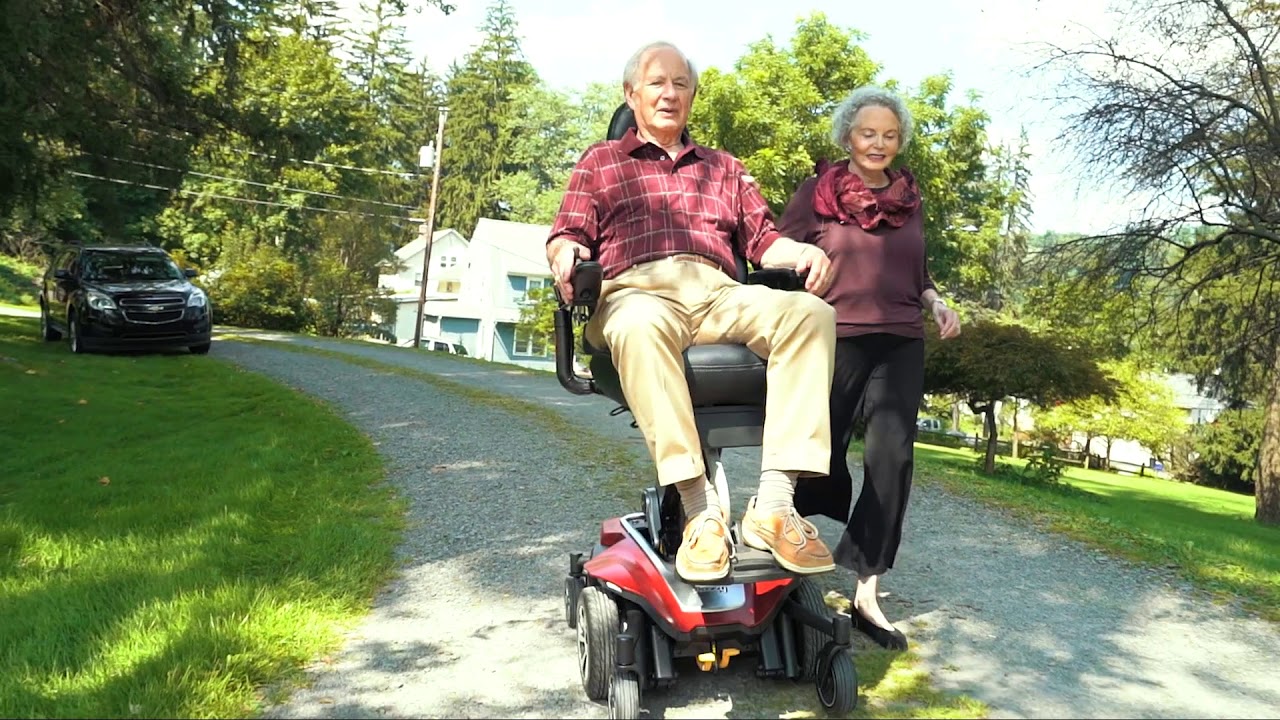The use of a gait belt has gained significant attention in the realm of elderly care. With an increasing senior population, understanding how to use a gait belt for elderly becomes paramount for caregivers, family members, and healthcare professionals. In this article, we will delve into the intricacies associated with employing this vital mobility aid effectively and safely, offering valuable insights for all those involved in senior care.

What is a Gait Belt?
A gait belt is a sturdy, adjustable strap made from materials such as canvas, nylon, or leather, designed to aid in the safe mobility of elderly individuals. This simple yet essential tool provides support to individuals who have difficulty walking or standing on their own, reducing chances of falls and enhancing senior safety.
Importance of Using a Gait Belt for Elderly
The primary significance of a gait belt is in enhancing mobility. With its support, seniors can move with greater ease and confidence. This aids not only their physical mobility but also enhances their mental well-being, promoting a sense of autonomy and dignity.
Benefits of Gait Belt
- Provides support and stability for individuals during movement
- Reduces the risk of falls and related injuries
- Facilitates easier transfer from one place to another
- Promotes the confidence of the elderly while walking
Choosing the Right Gait Belt
When selecting a gait belt for elderly, consider the material comfort, adjustability, and ease of use. Some belts come with added features like handles, which provide better grip for the caregiver. Ensure that the belt fits comfortably and securely without being too tight to restrict circulation.
Step-by-step Guide on How to Use a Gait Belt for Elderly
Step 1: Preparing the Elderly
Before using the gait belt, ensure the elderly person is aware and comfortable with the procedure. Communicate clearly what will happen, and make sure they understand and consent to its use.
Step 2: Placing the Gait Belt
Position the belt around the waist of the elderly individual, preferably over clothing to avoid skin irritation. The belt should sit snugly but should not be too tight.
Step 3: Adjusting for Comfort and Safety
Secure the buckle of the gait belt, ensuring it is tight enough to provide support but loose enough to prevent discomfort. Verify that the belt sits low on the persons waist for optimal support.
Step 4: Assisting with Movement
Stand slightly behind and to the side of the person, holding the belt with a firm grip. Assist them over short distances or while standing, ensuring movements are slow and controlled.
Step 5: Removing the Gait Belt
After use, gently unbuckle and remove the belt. Make sure to check for any signs of discomfort or skin irritation.
Understanding Gait Belt Techniques
Proper Grip and Posture
Maintaining a solid grip and proper posture as a caregiver ensures that you are able to assist safely. Bend your knees and keep your back straight to prevent personal injury while supporting the individual.
Communication Throughout the Process
Clear communication is crucial. Regularly check in with the individual, offering encouragement and instructions to keep them engaged and informed.
Common Mistakes to Avoid
While utilizing a gait belt, avoid the common pitfalls such as placing the belt too high or allowing it to become too loose. Ensure vigilance for any signs of distress from the senior during use.
Additional Resources on Elderly Care
For further insights into elderly care, check out [this post on tips for better elderly care](https://arogincarehome.com/blogs/tips-to-care-of-elderly-person). It offers additional guidelines and tips to ensure comprehensive safety for your loved ones. Moreover, you can explore details about necessary tools like the grabber tool for seniors to assist them in daily tasks.

FAQs
Is a gait belt necessary for all seniors?
No, not all seniors need a gait belt. It primarily benefits those with mobility challenges or who are at risk of falls.
How tight should a gait belt be?
A gait belt should be snug enough to provide support but loose enough not to restrict breathing or cause discomfort.
Can I use a gait belt if I have back problems?
Consult a healthcare professional before using a gait belt if you have back issues. Proper technique and posture can minimize risks.
Furthermore, explore our resources for tools such as the back massager or lift chairs for seniors that can aid in maintaining comfort and safety.
This article contains affiliate links. We may earn a commission at no extra cost to you.

